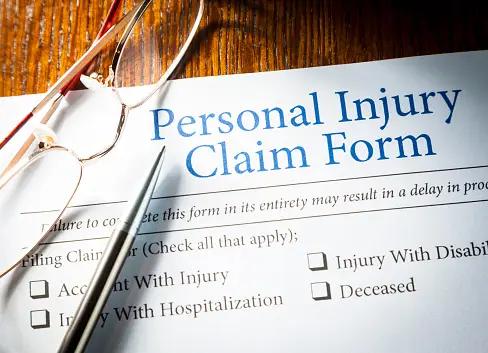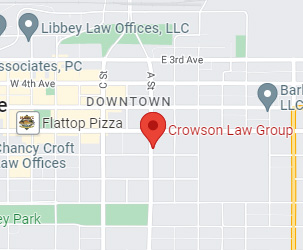Burden of Proof in Personal Injury Cases

In Alaska personal injury cases, the plaintiff must prove their claim by a preponderance of the evidence, meaning it is more likely than not that the defendant caused their injury. This crucial legal responsibility shapes both the plaintiff’s and the defendant’s strategies in court. Thus, hiring a personal injury lawyer is essential for these cases.
What is the Burden of Proof?
The burden of proof is the legal obligation to prove allegations presented in a court of law. In personal injury cases, this responsibility falls primarily on the plaintiff, the person who initiates the lawsuit. The plaintiff must establish, through evidence, that the defendant is liable for the injuries sustained. This is why you need the best lawyer for personal injury cases.
The Different Burdens of Proof
In legal disputes, different types of cases require varying levels of proof, including:
- Preponderance of Evidence. In personal injury cases, including those in Alaska, the standard is the preponderance of evidence. This means the evidence must show that it is more likely than not that the defendant caused the plaintiff’s injuries.
- Clear and Convincing Evidence. This standard, higher than preponderance, is used in some family law and administrative cases.
- Proof Beyond a Reasonable Doubt. The highest standard applicable in criminal cases.
The Burden of Proof as a Plaintiff
In Alaska, a personal injury plaintiff must demonstrate that the defendant acted negligently or intentionally, leading to their injuries. Various forms of evidence, such as witness testimony, medical reports, expert opinions, and physical evidence like photographs and videos, are crucial in establishing this burden. The plaintiff needs to show that each element of negligence (duty, breach, causation, and damages) is met. The best lawyer for personal injury cases in Alaska can help demonstrate the elements of negligence.
The Burden of Proof as a Defendant
While the plaintiff bears the initial burden, the defendant in a personal injury case is not required to prove anything. Their role is typically to challenge the plaintiff’s ability to meet their burden of proof. However, if a defendant raises an affirmative defense, like claiming the plaintiff failed to mitigate damages, they then carry the burden to prove that defense.
Applying Burden Of Proof In Personal Injury Cases
Applying the burden of proof in personal injury cases involves a strategic and systematic presentation of evidence by the plaintiff to establish the defendant’s liability.
In Alaska, as in other states, this is primarily achieved through the standard of preponderance of evidence. As explained above, the plaintiff must demonstrate that it is more likely than not that the defendant’s actions led to the injuries sustained.
The key elements of this process include:
- Evidence collection. This is done by gathering compelling evidence like witness testimony, medical records, expert opinions, and physical evidence such as photographs or videos.
- Establishing Negligence. The plaintiff must prove each element of negligence: duty, breach, causation, and damages. This involves showing that the defendant had a duty of care, breached that duty, and that the breach directly caused the plaintiff’s injuries, resulting in damages.
- Expert Testimony. Utilizing expert witnesses to provide independent opinions on the nature and extent of injuries can be critical, especially in complex cases.
- Overcoming Defense Strategies. The defendant may not be required to prove anything but will aim to prevent the plaintiff from meeting their burden. If the defendant raises an affirmative defense, they must prove it.
- Meeting Legal Deadlines. In Alaska, personal injury claims must be filed within two years from the injury date. Missing this statute of limitations can bar the claim.
Applying the burden of proof effectively requires a thorough understanding of legal principles and an adept handling of evidence. This is why consulting an experienced personal injury attorney is advisable to navigate these complexities.
Featured Image Source : https://www.istockphoto.com/photo/personal-injury-claim-form-gm539069453-58954014?phrase=personal+injury+lawyer


